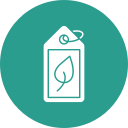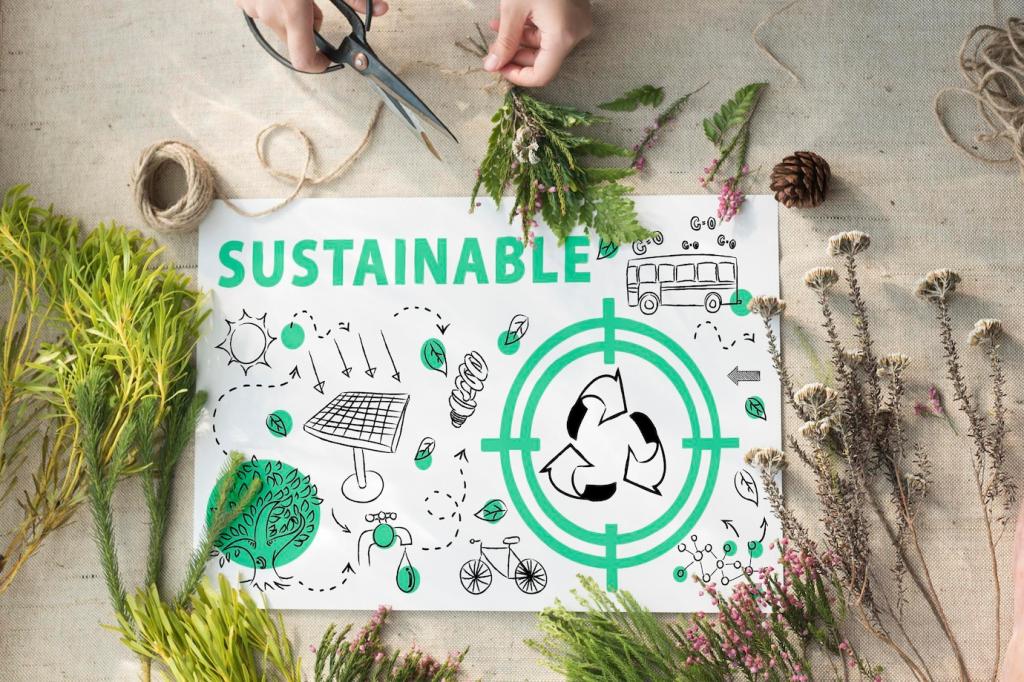Why These Trailblazers Matter Now
Sustainability used to mean “do less harm.” Trailblazers raise the bar to “create positive impact,” investing in regenerative farms, plant-based dyes, and repair cultures that improve soil, clean water, and keep garments cherished longer, not discarded after a season.
Why These Trailblazers Matter Now
These companies publish science-based targets, disclose supplier lists, and embed circularity metrics into design. Certifications like GOTS, Bluesign, and Fair Trade matter—yet they go further, tying bonuses to progress and inviting third-party audits that test claims, not just marketing copy.


